
Meet the Artists: Rauschenberg Residency 21
Visit the Artists-in-Residence page to learn more about the Residency 21 artists.
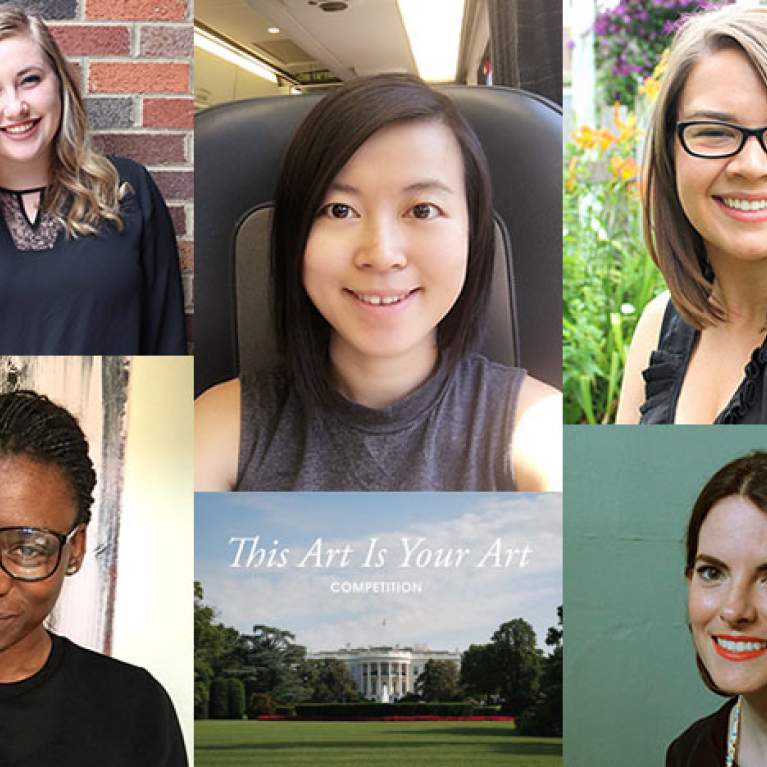
From top left, clockwise: Blair Katherine Betik, Qiong (Voyo) Wu, Natalia Gabrielsen, Lauren Blankenship and Mekia “Machine” Denby.
Winners Announced for Student Competition "This Art is Your Art"
We are pleased today to announce the winners of This Art Is Your Art, an online competition that invited graduate and undergraduate students in the United States to create videos responding to works of art in the White House.
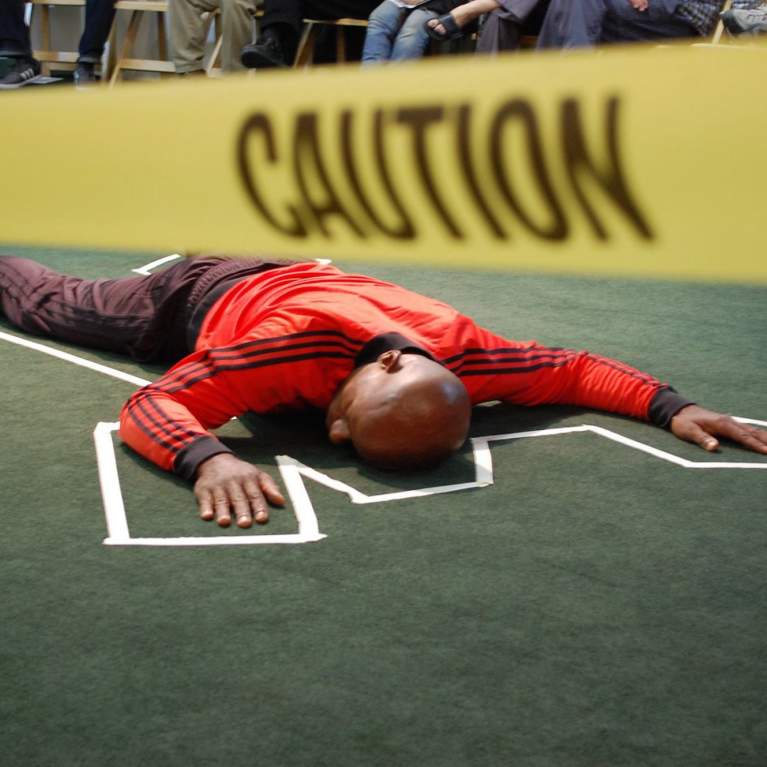
Los Angeles Poverty Department (LAPD) Chasing Monsters from Under the Bed 2015. A performance addressing police violence and mental illness. Photo: LAPD
Ten Artists to Receive Two-Year Grants for Projects Addressing the Epidemic of Mass Incarceration in the U.S.
Today we announced the ten artists and artist collectives selected for the 2016 Artist as Activist Fellowship—the Foundation’s two-year grant program designed to support independent artists an
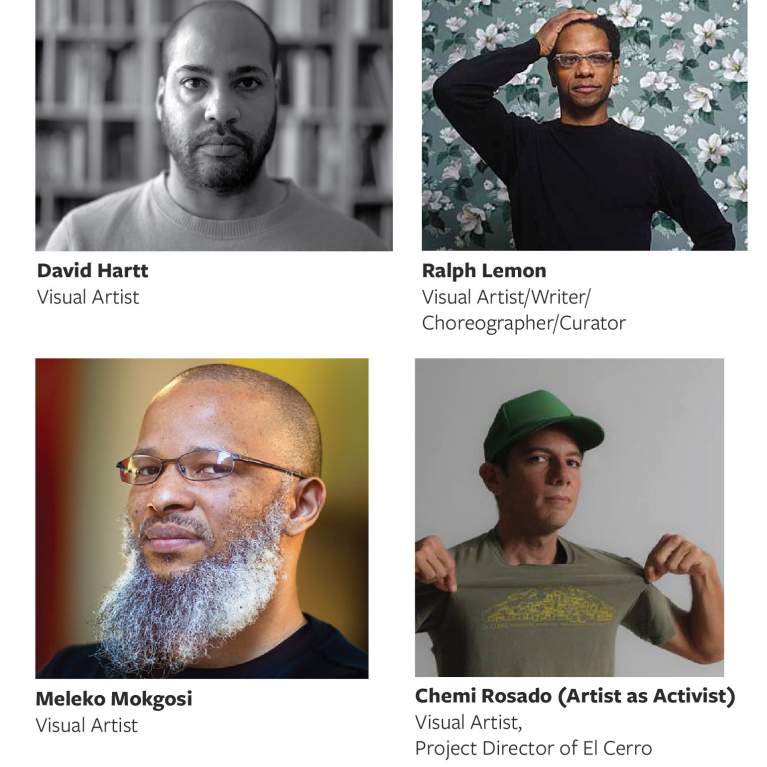
Meet the Artists: Rauschenberg Residency 20
Visit the Artists in Residence page to learn more about the Residency 20 artists.
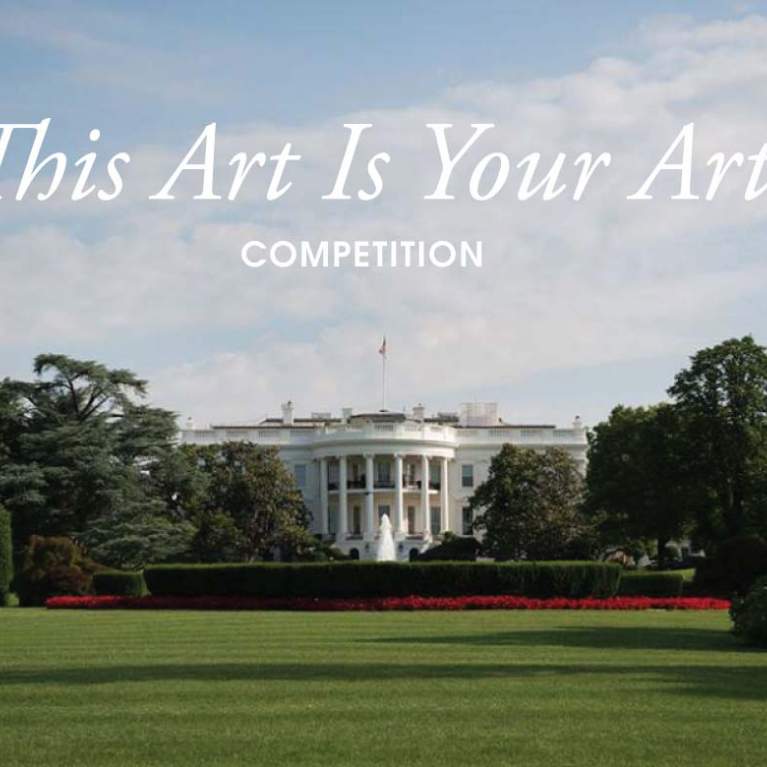
The White House Historical Association, Artsy, and Robert Rauschenberg Foundation Launch “This Art is Your Art” National Student Competition
Student Competition "This Art is Your Art" Launches Today
We are excited to announce that today the White House Historical Association, Artsy, and the Robert Rauschenberg Foundation launched
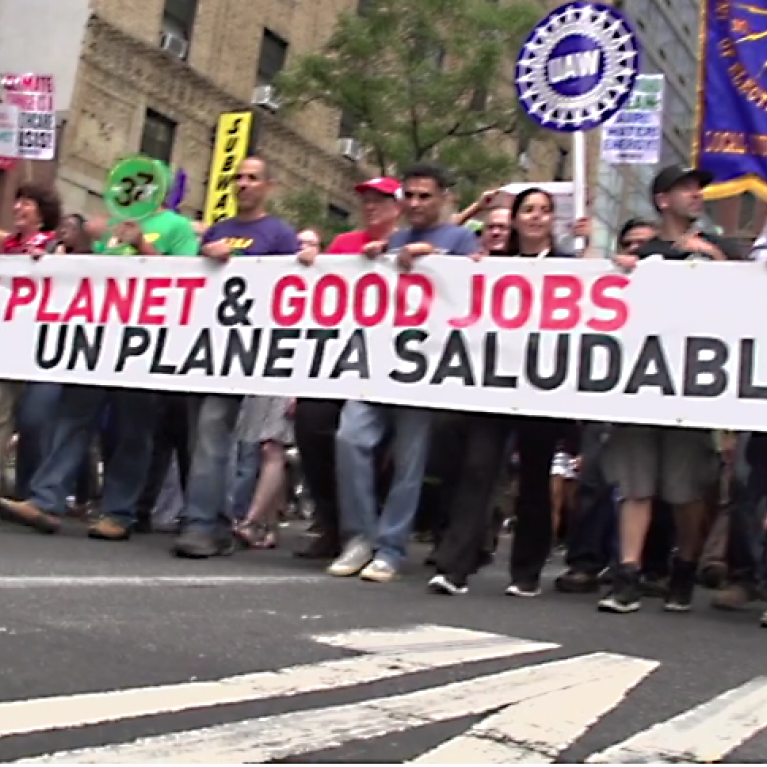
Still from Catching the Sun, a new film by director Shalini Kantayya
Rauschenberg Foundation announces collaboration with Sundance Institute
We are excited to announce a new initiative developed in collaboration with Sundance Institute that will support films and emerging media projects that tackle one of the most critical issues of our time - climate change and the urgent need for action.
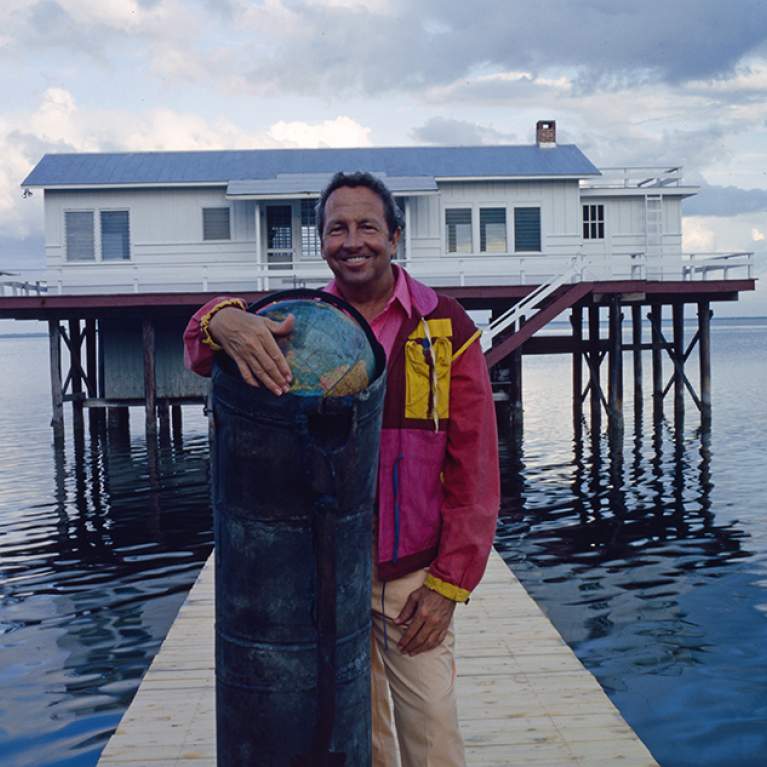
Rauschenberg in front of the Fish House with Global Chute (Kabal American Zephyr) (1982) Captiva Florida circa 1982. Photo: Terry Van Brunt
Throughout his career Robert Rauschenberg used his platform as an artist to increase knowledge about global issues and to raise money for many causes and organizations.
The safekeeping of the environment and the notion of individual responsibility for the welfare of life on earth was one of Rauschenberg’s key causes. This commitment to the environment that extended throughout various aspects of his work and life took focus in 1970 when he purchased his first tract of land on Captiva Island. Rauschenberg viewed his residence in Captiva as dependent on the natural environment of the island. He therefore focused on the maintenance of this land as a natural habitat throughout his lifetime. Images from the surrounding landscape and wildlife as well as of issues that affected the island such as water conservation served as regular inspiration for his work. Over the course of forty years he bought historic cottages and adjacent land to preserve and protect it from encroaching commercial development and undertook a significant restoration of the landscape after Hurricane Charley in 2004.
Today the property remains intact as a pristine natural environment, hosting more than seventy artists each year for month-long residencies in Rauschenberg’s former home and studio.
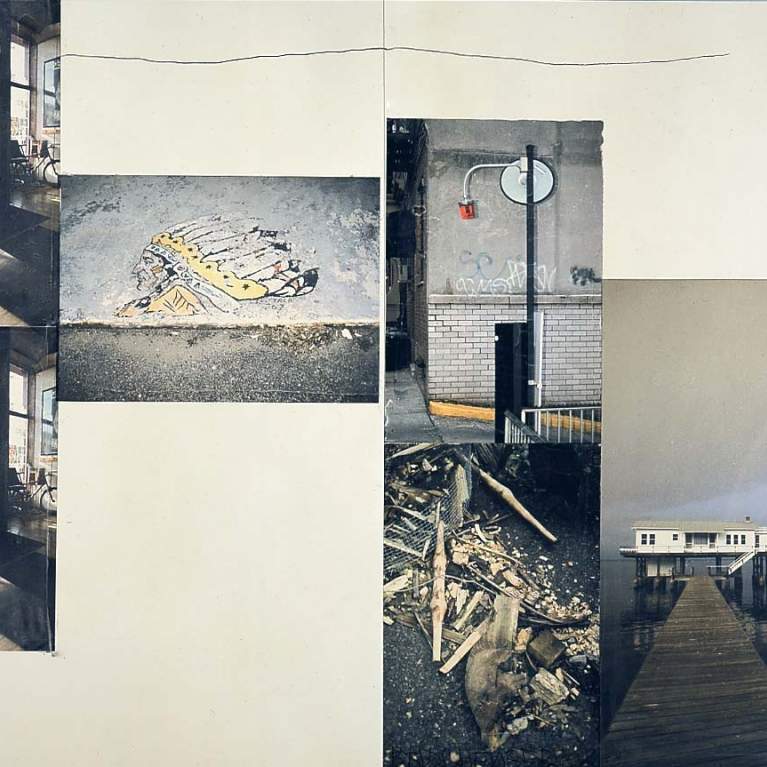
Rauschenberg + Environment

Meet the artists: Rising Waters Confab II
Rising Waters Confab II will bring together the perspectives of architects, artists, scientists, and writers to address issues of climate change.
